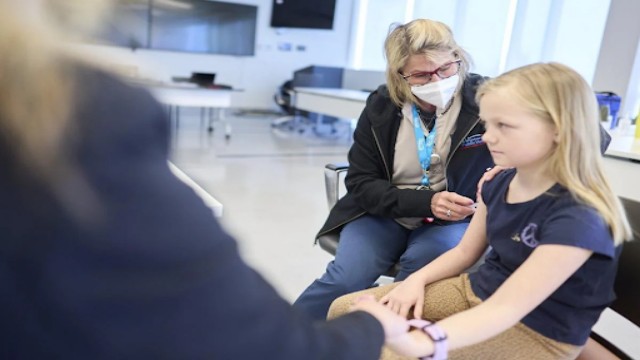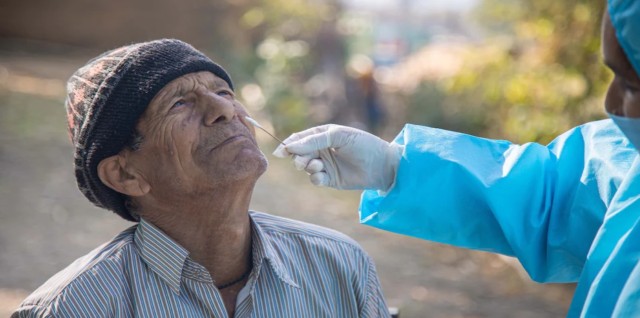
Physical Inactivity on the Rise: A Global Health Concern
A recent report from the World Health Organization (WHO) has sounded the alarm on rising levels of physical inactivity worldwide, describing it as a "silent threat" that demands urgent attention.
The study, published in The Lancet Global Health journal, revealed that more than a third of adults globally—approximately 1.8 billion people—did not meet the WHO's recommended levels of physical activity in 2022. This marks a troubling increase from previous years, with the percentage of inactive adults rising by nearly four points since 2016.
In Canada, the situation mirrors global trends, with 37.2% of adults reported as physically inactive in 2022—an increase from 31.1% in 2010 and 25.6% in 2000. If current trends persist, the WHO estimates that by 2030, Canada could see physical inactivity levels climb to 41.4%.
Ruediger Krech, WHO's director of health promotion, emphasized the critical health implications of physical inactivity, linking it significantly to chronic diseases such as cardiovascular issues, cancers, diabetes, and respiratory diseases.
The report analyzed data from 197 countries and territories between 2000 and 2022, highlighting a concerning trend where approximately half of the countries—including Canada—are witnessing an uptick in physical inactivity rates. Fiona Bull, head of WHO's physical activity unit, underscored that while some countries have made progress, the global trajectory remains off-course from meeting the WHO's target of reducing physical inactivity levels by 15% by 2023.
Scott Lear, a health sciences professor at Simon Fraser University, expressed distress over Canada's data, suggesting that actual physical inactivity rates could be higher due to people overestimating their activity levels during self-reporting.
Several factors contribute to the global increase in physical inactivity. Changing transportation patterns have reduced walking and cycling, while sedentary work environments, driven by increased technology use, have become more prevalent. Leisure activities have also shifted towards screen-based and sedentary options, exacerbating the problem.
The COVID-19 pandemic has further impacted physical activity levels, with restrictions limiting movement and increasing reliance on sedentary activities. Affordability is another barrier, as costs associated with gyms, sports clubs, and organized activities continue to rise.
To combat rising physical inactivity, experts advocate for accessible, affordable, and enjoyable physical activity options for all. Krech emphasized the importance of policy initiatives to promote community sports, active recreation, and walking or cycling as modes of transport. Bull highlighted the necessity for public spaces that facilitate physical activity in daily life.
While the WHO recommends 150 minutes of moderate-intensity activity per week, Lear encouraged starting with small steps like short bursts of exercise throughout the day. Activities such as gardening or household chores can contribute to meeting these guidelines.
In conclusion, addressing physical inactivity is crucial to reducing the global burden of noncommunicable diseases and improving overall health. The WHO's call for concerted efforts to enable and promote physical activity underscores the need for immediate action to reverse current trends.















